
Five reasons to visit Vienna – voted world’s best city to live in for the past nine years
From its historic coffeehouses to classical music nights to grand, glitzy ballrooms, the Austrian capital has a wealth of cultural joys for the visitor to experience. Here are the highlights
From its architecture to its waltzes Vienna has long been known for its culture, which draws visitors from around the world.
The Austrian capital – rate the world’s best city to live in for the past nine years in human resources consultancy Mercer’s annual Quality of Living survey – is overflowing with attractions to satisfy every appetite, be it for culture, history of gastronomy.
Destination Amsterdam: five things you shouldn’t miss
It’s a city where you can just as easily fill your stomach with a cup of silky coffee and a slice of sumptuous chocolate cake, as feed your soul with a live performance of music by such former residents as Beethoven, Brahms or Bruckner.
A place the tourist can experience like a local, Vienna deserves a place on any European itinerary. These are some of the things you can do on your next visit.
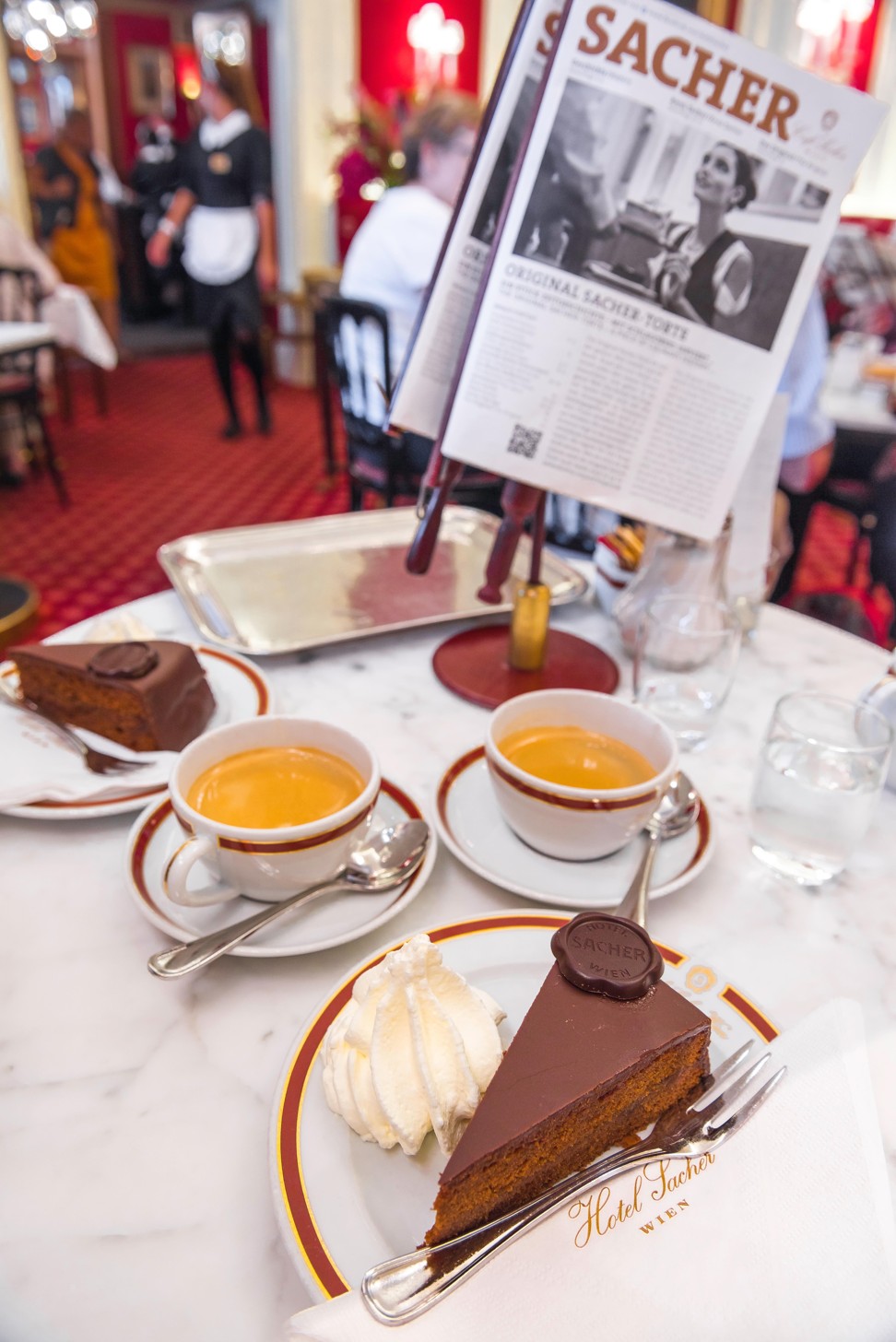
1. Coffee and cake
To leave Vienna without having tasted one of its cakes would be a sin.
The coffeehouses of central Vienna have a loyal clientele made up of both international tourists and the local business and social elite, and plenty of history to go with their treats.
Cafe Central hosted statesmen and politicians, Russian revolutionary Leon Trotsky, Yugsoslav communist leader Josip Tito and German Nazi leader Adolf Hitler in the early 20th century, and chess aficionados.

Cafe Landtmann, across from the University of Vienna, was a meeting place for Vienna’s intelligentsia – the likes of psychoanalyst Sigmund Freud and composer Gustav Mahler. Today it is an elegant example of the Vienna coffee house, its wooden panelling dotted with warm yellow lamps; an outdoor terrace is open during the warmer months.
Airport lounges are for everyone now – these 10 offer the best value
The cafe offers an extensive selection of traditional Viennese pastries and cakes; definitely worth trying is local favourite the Sachertorte, a glossy chocolate cake with hints of apricot jam, served with whipped cream.
The drink of choice to accompany your cake is the melange, an equal blend of steamed milk and coffee.
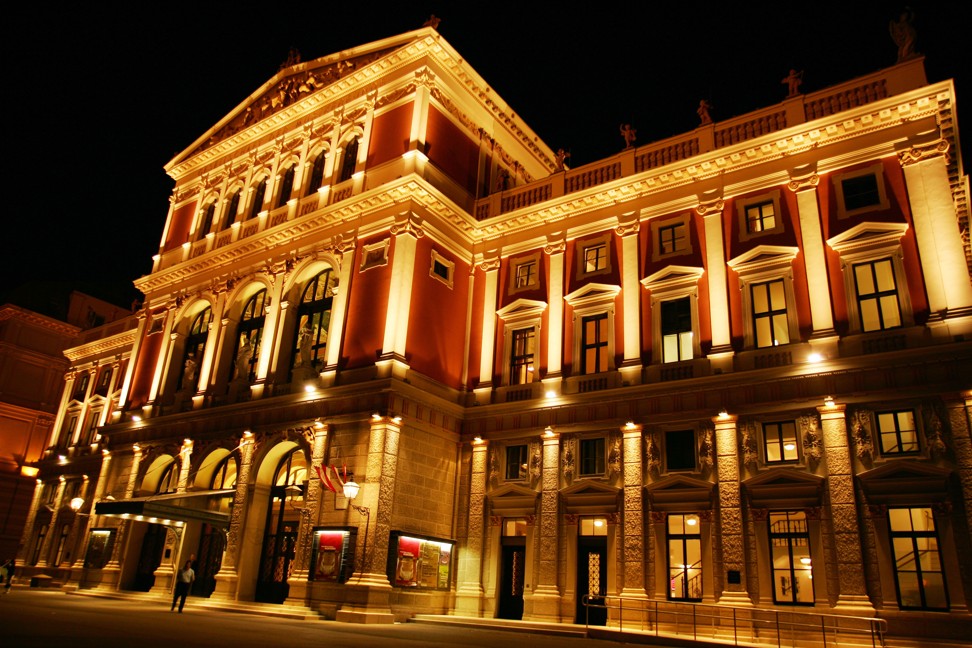
2. Vienna Philharmonic Orchestra at the Musikverein
The Musikverein, home of the Vienna Philharmonic Orchestra, is one of the most magical performance venues ever built, and deserves a place on the bucket list of any classical music enthusiast. If you are lucky enough to be in Vienna when the Philharmonic is giving one’s of its concerts, don’t miss it.
The amazing cuisine of Austria: three of the best fine-dining restaurants in Vienna
Its remarkable acoustics aside, simply being seated in the main performance space, the Golden Hall, is something to be experienced. Whether you are in the primary stalls or the terraces that form the second level on the long sides of the hall, you can look up and see the magnificent glass chandeliers that light the venue, as well as August Eisenmenger’s ceiling fresco of Apollo and the Nine Muses.
The palatial lower level is lined with golden statues that evoke the style of an Ancient Greek temple.
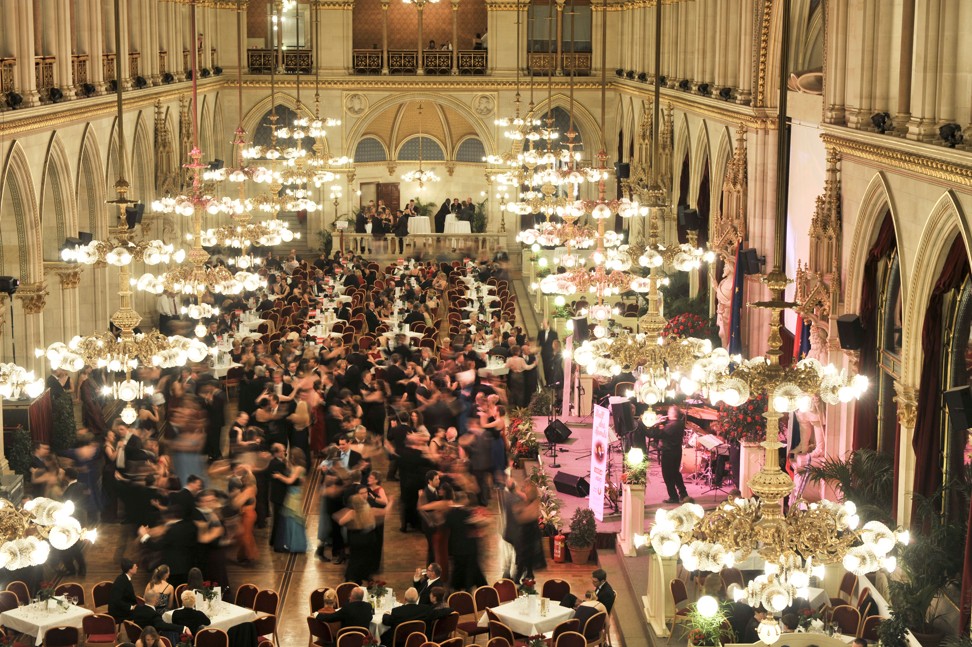
3. Attend a Viennese ball
If you have ever wondered how high society lives, attending one of Vienna’s many public balls will give you an idea. Be warned, however: strict dress codes are enforced, so check the requirements of the event you plan to attend when packing.
Some balls are restricted to members of a particular profession or field of study, and are an important fixture on the Viennese social calendar.
Four easy steps and you can take to the floor at a Viennese ball
The Hofburg Palace at the heart of the city hosts ticketed balls you can reserve a spot in. Whether you can dance the waltz or not, they afford the visitor a wonderful spectacle. Dancers wheel in opulent rooms beneath sparkling chandeliers, where members of the House of Habsburg entertained dignitaries and guests of the imperial court from the 13th century onwards.
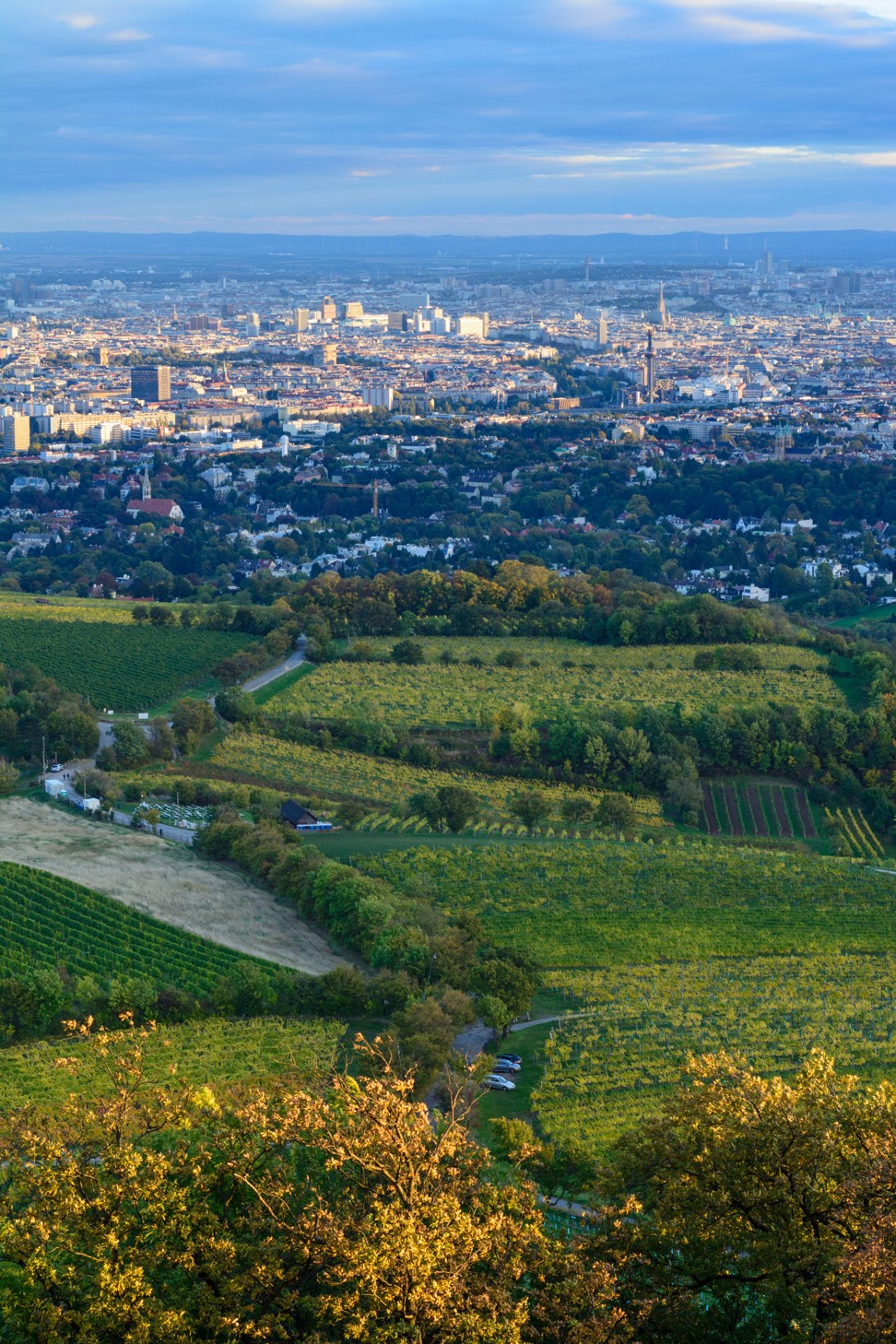
4 . Kahlenberg’s city lookout
One of the few natural high points in the Austrian capital is the summit of a hill called Kahlenberg, where the air is clean, the slopes green and the woods lush, and where you can smell the grass. It’s an ideal spot for taking panoramic photos and afternoon tea in one of the cafes restaurants on the observation plateau. From this elevated viewpoint you’ll get an idea of why Vienna deserves its long-standing ranking as the world’s most liveable city.
From the top of Kahlenberg there is an unrestricted view of the River Danube and St Stephen’s Cathedral, its spires prominent in the city centre. Nearby are some of Vienna’s city vineyards – it is one of the few capital cities in the world to have grapes growing within its limits.
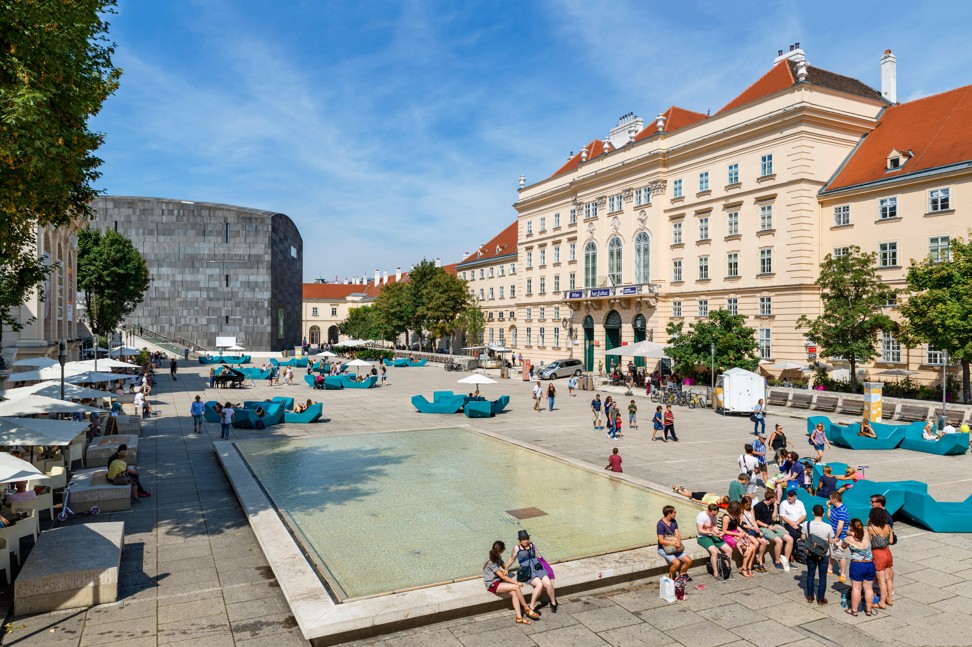
5. The museum quarter
MQ, as it is sometimes abbreviated, is, as its name suggests, the area of Vienna where a concentration of museums is found. They have an intriguing mix of architectural styles, from Baroque to contemporary, and offer an opportunity to appreciate Vienna past and present.
The best museum is the Leopold Museum, a modern, minimalist structure that is home to a substantial collection of works by Viennese painters Gustav Klimt and Egon Schiele.
Also here is Mumok – the Viennese museum of Modern Art – which displays 10,000 pieces by artists including Andy Warhol and Pablo Picasso. The Museum quarter is home to a number of exhibition spaces and institutes that promote the growth and cultivation of art, music and culture.
Forget Tokyo, a stay in Japan’s kominka homes shows another side
Getting there: Austrian Airlines flies to Vienna from Hong Kong five times a week. Vienna is accessible by train from nearby cities including Budapest, Prague and Munich.
Staying there: Vienna can be expensive, but here are a few suggestions for different budgets.
Wombat City Hostel, Rechte Wienzeile 35, 1040 Vienna: conveniently located on the Vienna Gurtel near Naschmarkt, this is ideal for young travellers on a budget, with friendly staff and a communal area that includes a kitchen where you can prepare your own meals. A bed in a shared dormitory starts at €20 (US$23.50) while private double rooms start from €73 (US$85).
25Hours Hotel, Lerchenfelder Str. 1-3, 1070 Vienna: its convenient location and rooftop terrace make this reasonably priced option a good choice for families and business travellers alike. Standard rooms cost around €110 (US$128) per night.
The Guesthouse, Führichgasse 10, 1010 Vienna: this chic boutique hotel, across from the Albertina Museum in the heart of the city centre and overlooking the Vienna State Opera, will appeal to design enthusiasts. Its suites are decked out in designer furniture and even feature a mini library. Rooms start at €280 (US$328).

